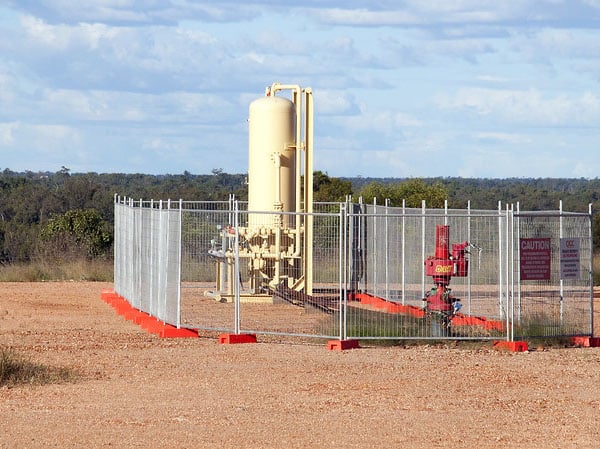
This phreatic surface where the water pressure is atmospheric is regarded as the upper bound of unconfined storage. Below this, the water pressure increases with depth. Water may also exist in the ground in the confined state where its pressure is greater than that which may exist due to purely hydrostatic effects. These may be artesian aquifer systems which may produce from bores without pumping. Many confined aquifers are extremely important for water supply.
The key way in which much of the water in the ground is different from other ground fluids is the way in which it may be replenished – by infiltration coming directly from rain or from surface waters that leak into the ground. Not all groundwater falls into this category though. Groundwater may be connate, meaning that it is bound within the rock and not mobile.
Groundwater may be a resource or a problem. If water is required and the groundwater that is available has suitable mineral content then it may be extremely valuable, particularly if it is recharged.
In the case of excavation or construction in the ground, groundwater is frequently a nuisance. It provides fluid pressure that acts within joints in rock, in pore space in rock, or between soil grains and changes the effective stress and can possibly lead to failure. It may also lead to erosional piping causing to failures of dams and embankments.
Because of the proximity of shallow groundwater to surface it frequently becomes contaminated with industrial chemicals, fertilisers or fuels. It may also carry bacteria that leach from sewerage.
Because of the different interests in groundwater the various groups involved with it tend to think and deal with it somewhat differently. They focus on either using it or dealing with it. Fundamentally however it remains another ground fluid which behaves in a similar way to other fluids in different reservoirs with the single major difference – its proximity to surface and hence recharge and human activity.
















